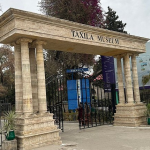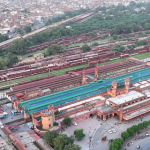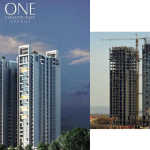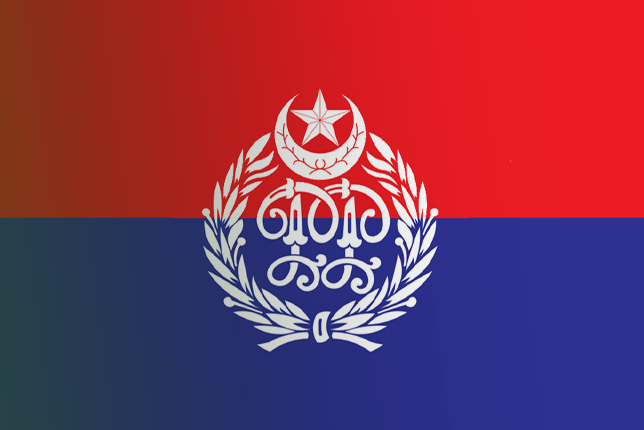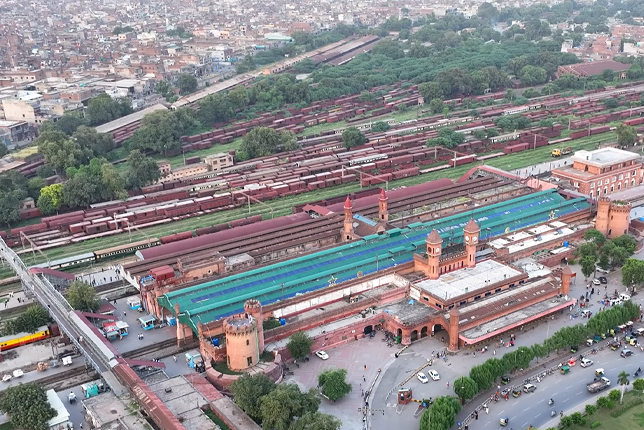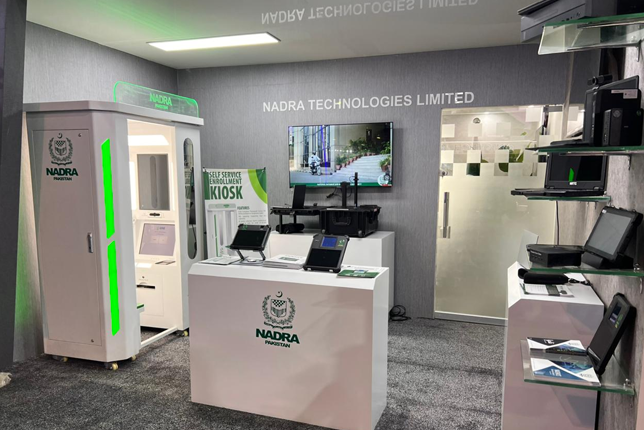Air Force & Police Ranks Comparison
Law enforcement is usually synonymous with the image of law officers who take on the responsibilities of safeguarding the public in uniform. However, what exactly comprises that image of power? It all comes down to the grade they got.
In Pakistan, the police rank hierarchy is crucial for efficient department management. Understanding this hierarchy ensures that every personnel, from constable to the highest rank officer, is fully aware of their duties and responsibilities, empowering them with knowledge and expertise.
The police rank hierarchy is not just a title but a system for assigning job duties and determining the power structure.
Every police organization operates with a hierarchy similar to an army. This strict adherence to hierarchy is not just a formality, but a crucial tool in preserving order and discipline within the police, ensuring that all officers are fully aware of their positions and responsibilities, thereby enhancing public safety and security.
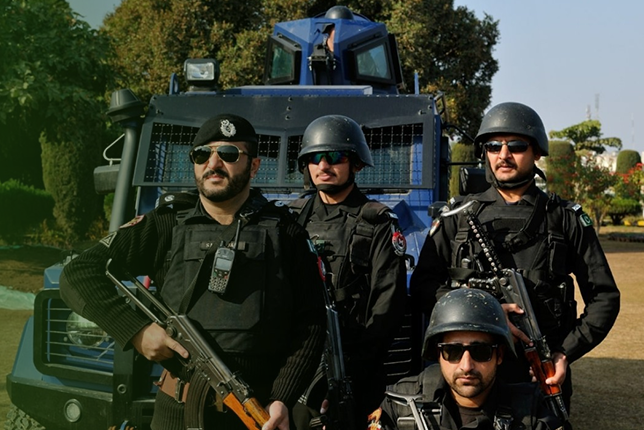
Rationale Behind Police Ranks in Pakistan
To truly comprehend the ranking regime of Pakistan’s present police structure, one must dig into its historical context. The police system’s roots can be traced back to the era of colonization in Pakistan when the British order systems inspired the formation of the police force. This historical context connects us to the traditions and evolution of the police force.
Over time, the ranks have made several reforms to enhance efficiency and better manage the law-and-order situation.
Hierarchy of Ranks in the Police Force
The internal structure of Pakistan’s police force is not complex, but each level has specific responsibilities. The ranks can broadly be categorized into three main groups: the Superior Police Officers, the Upper Subordinates, and the Lower Subordinates.
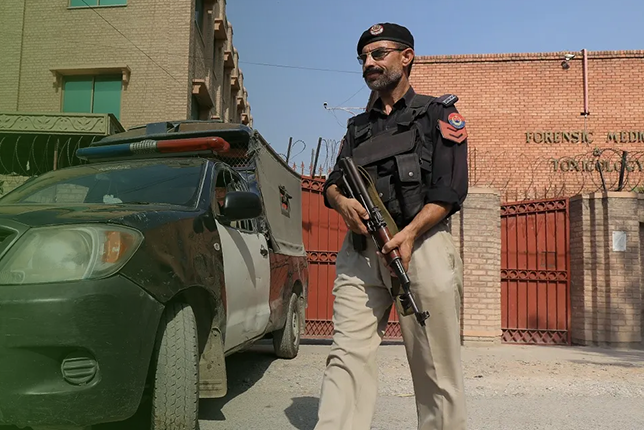
Superior Police Officers
This group contains the most senior ranks. The Inspector General of Police (IGP) has complete authority as the head of provincial police. The Additional Inspector General (Addl. IGP), Dy Inspector General (DIG), and Senior Superintendent of Police (SSP) follow the IGP. This group of officers is mainly involved in formulating strategies and policies and controlling the whole operations of the police within the area of concern.
The ranks available here include the grade of Superintendent of Police (SP), Assistant Superintendent of Police (ASP), and Deputy Superintendent of Police (DSP). This group often commands the day-to-day activities of the police departments and coordinates the activities related to investigations.
Lower Subordinates
This category includes Inspectors, Sub-Inspectors (SI), Assistant Sub-Inspectors (ASI), and Constables. These officers help enforce law and order on a daily basis. They support the police, who are engaged in policing activities, including foot beats, response calls, and investigations.
Elite Police Force Units in Pakistan
The police force of Pakistan comprises several associate forces and they are known as the Specialized Police Units. They have special duties including counterterrorism, investigation of important cases, and VIP protection etc. They have same hierarchical structure as the ordinary police – only this time, they are more glorified and committed to their services.
Special Security Unit (SSU)
the SSU is one of the most well-known Pakistani forces. They are mostly protecting elite individuals and VIPs. Individuals in this unit are drawn from the regular police service and provided with further training. The command rank includes commanders, deputy commanders, and operational officers.
Anti-Terrorism Force
ATF is yet another important elite investigation unit involved in counter-terrorism-related operations. The ranks inside this force are Special Weapons and Tactics Commanders, SWAT Team Leaders, and Field Operatives.
Levy Force
It is a unique force in Pakistan, working mainly in the tribal areas and other specific regions. It does not work under the regular police. However, the members of Levy Forces are given police ranks under special conditions, normally after being merged into the regular police as an administrative reform order.
On absorption, officers of Levy Force are granted promotion to various ranks, like SI or Inspector, in the mainstream police force, factoring in their experience and service record.
Air Force and Police Rank Comparison
In the same context, when the conversant compares the ranks of Pakistan’s police and air forces, it is evident that the two systems are constructed for different aims but on the same hierarchical structure. For instance, the rank of Inspector General of Police (IGP) in the police organizational hierarchy can be approximated to that of Air Vice Marshal in the Pakistan Air Force.
For both forces, there is a hierarchy that starts with the simplest positions and goes all the way up to the most sophisticated. Each of the forces undertakes missions and operates mostly immersed; however, although the army is my posse, the police encompass domestic duties only.
Is DPO a rank in the Police Force?
DPO stands for District Police Officer. It is, however, not a rank; it describes the police officer in charge of a district with the rank of SP or SSP. The DPO acts concerning all police activities that take place within his district. It is one of the most significant positions in the police hierarchy.
Women in the Police Force of Pakistan
One of the biggest developments in recent years has been the induction of women into the Pakistani police force. Even though they have been part of the police for many decades, their roles and ranks have gradually increased as they assume more responsibilities for leadership positions.
Now, women work in different ranks, from Constables to Superintendents of Police, as soon as their inclusion into the force improves the police’s scope and ability to deal with gender-specific issues in law enforcement.
Challenges and Reforms in Police Ranks
Despite this established hierarchy, the police force in Pakistan has several challenges that affect three areas mainly: ranking promotions, training, and corruption. Reforms continue to take place to rectify these issues, with efforts in merit-based promotion, better training programs, and tighter scrutiny to reduce corruption.
Reform Efforts
Recent reforms have ensured promotion occurs strictly on merit rather than seniority or politically motivated. These changes are bound to positively impact the general efficiency and effectiveness of this police force.
Conclusion and Future Outlook
The ranking within the Pakistani police is not just titular but one for ensuring order, applying the rule of law, and servicing the citizenry. As Pakistan evolves, so does its police, who are involved in the tasks and absorb the best practices worldwide. Being in a position to understand these ranks helps appreciate the intricacy and importance of the police force that maintains law and order. For more interesting articles, please visit our Pakistan’s lifestyle blog

